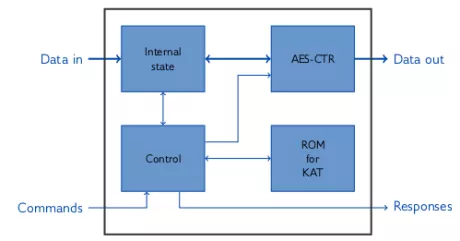Random Number Generator IP
Welcome to the ultimate Random Number Generator IP hub! Explore our vast directory of Random Number Generator IP
All offers in
Random Number Generator IP
Filter
Compare
17
Random Number Generator IP
from
9
vendors
(1
-
10)
-
Deterministic Random Bit Generator (DRBG)
- The Deterministic Random Bit Generator is an essential silicon-proven digital IP core for all FPGA, ASIC and SoC designs that targets cryptographically secured applications.
- It is a deterministic algorithm compliant with the NIST-800-90A Rev1.
- The IP Core successfully passed NIST-800-90A Rev1 test suites and it is compliant with the FIPS-140-2 validation.
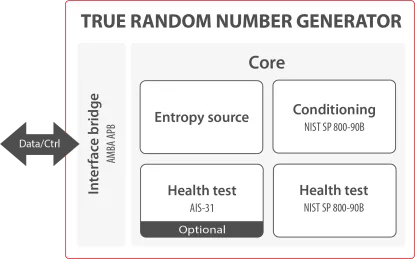
-
True Random Number Generator (TRNG)
- Fully Digital and based on standard cells
- Compliant with: AIS-31 (PTG.1 to PTG.3), NIST FIPS 140-3, NIST SP 800-90, GM/T 0005-2015
- Robust against process, temperature and voltage variations
- Post-silicon fine tuning to ensure high-level functional safety
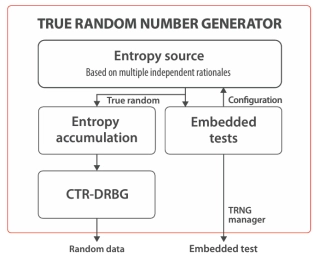
-
True Random and Pseudorandom Number Generator
- Satisfies Federal Information Processing Standard (FIPS) Publication 140-2 Annex C (“approved” random number generator) from the US National Institute of Standards and Technology (NIST). Passes the requirements of the NIST SP 800-22.
- High security (128 bit entropy; 256 version available)
- Initial seed provided from internal entropy source
- Automatic re-seeding
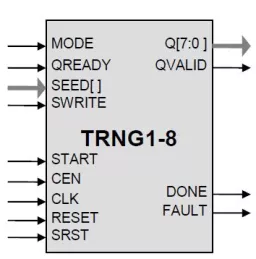
-
Cryptographically Secure Pseudo Random number Generator IP Core
- Generates cryptographically secure pseudo-random numbers
- Uses the CTR_DRBG algorithm per NIST publication SP800-90
- Generates 128-bit data blocks with 8, 16, 32, 64 or 128-bit wide data interface
- Provides security strength of 128,192 and 256 bits
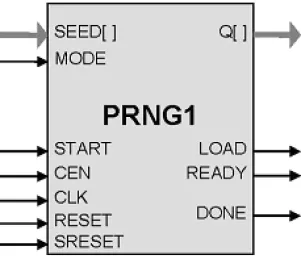
-
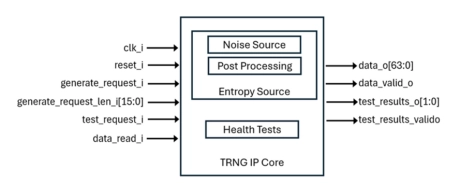
-
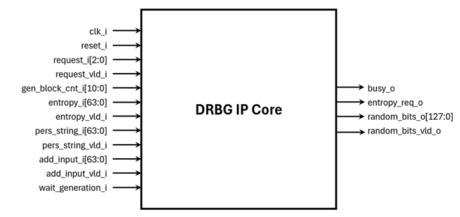
-
TRNG fully compliant with NIST 800-22
- ASIC or FPGA target
- Generates 256 random bits at a time
- Multiple ring oscillators with post processing for true random bit generation
- Fully compliant with latest NIST 800-22 800-22 and Diehard Random test suite
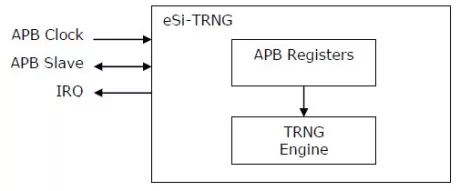
-
NIST ESV certified, AIS-31, FIPS (SP800-90A/B/C) True Random Number Generator
- Non-deterministic Random Number Generator, FIPS-140 SP800-90A/B compliant, ESV certified for NRBGs and DRBGs (#E167).
- High performance, low power, fully digital, standard cell only, supports all CMOS nodes.
- Available as standalone RBG or embedded in the Rambus RT-130, RT-630, RT-660 Root of Trusts
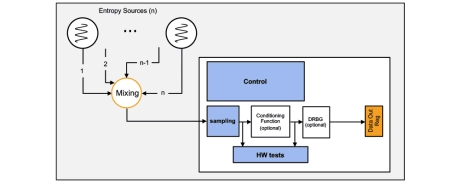
-
Pseudo Random Number Generator, high-speed version (AES256_CTR_DRBG)
- Fully digital design
- Portable to any ASIC or FPGA technology
- Fully standard compliant
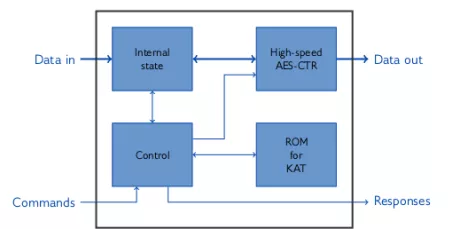
-
Pseudo Random Number Generator, balanced version (AES256_CTR_DRBG)
- Balanced Between Speed and Resource Requirements: XIP8103B can achieve over 2 Gbps throughput, while consuming only about 4000 Lookup Tables (LUTs) in a typical FPGA implementation.
- Versatility: XIP8103B supports the forward prediction resistance mode, which can be set on and off between output generation, as well as the use of personalization strings and additional inputs for instantiation and reseeding.
- Standard Compliance: XIP8103B is compliant with the NIST SP800-90A specification.
- XIP8103B can be combined with Xiphera’s NIST SP800-90Bcompliant XIP8001B to form a NIST SP800-90C compliant Random Bit Generator (RBG).
